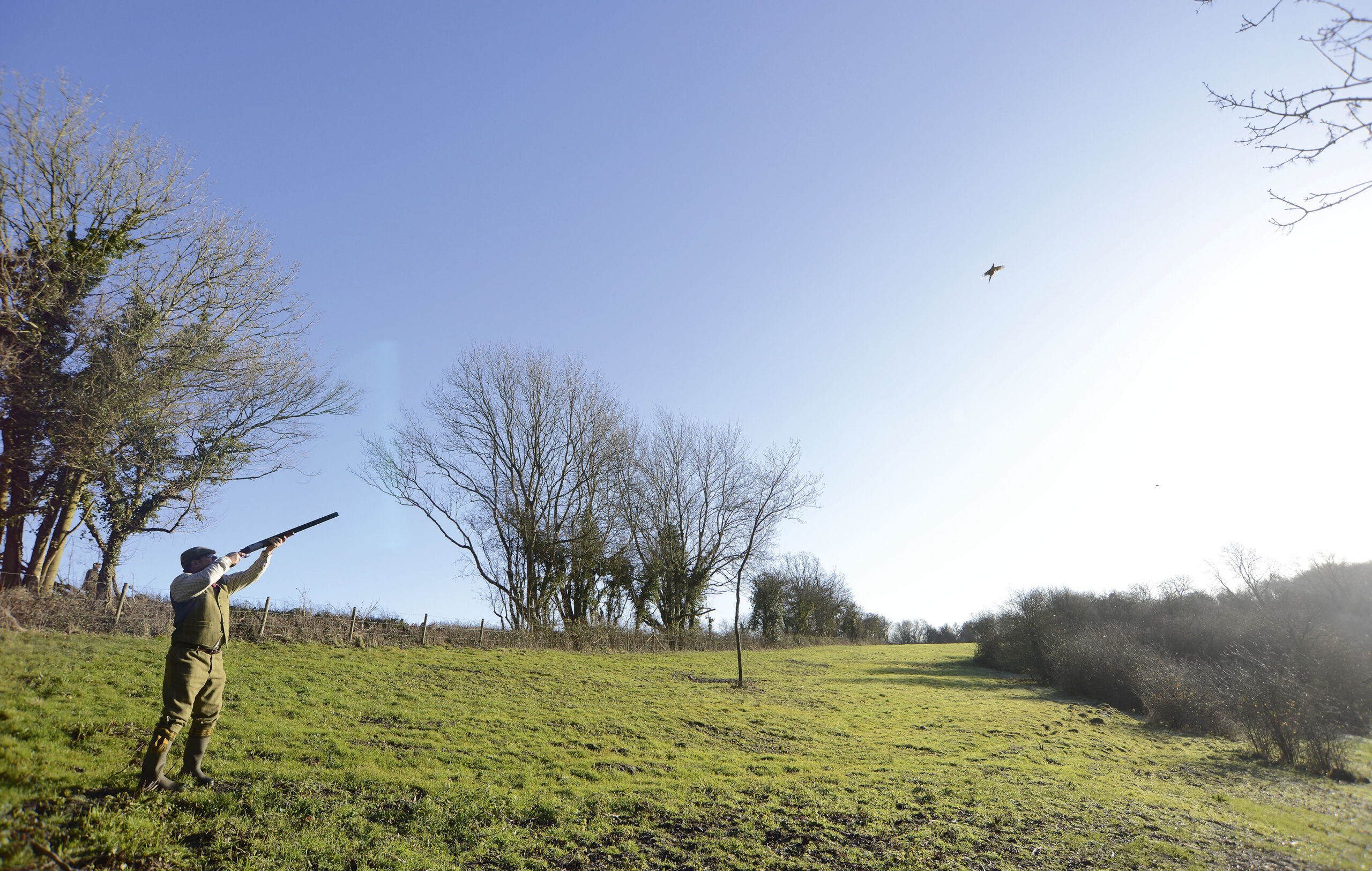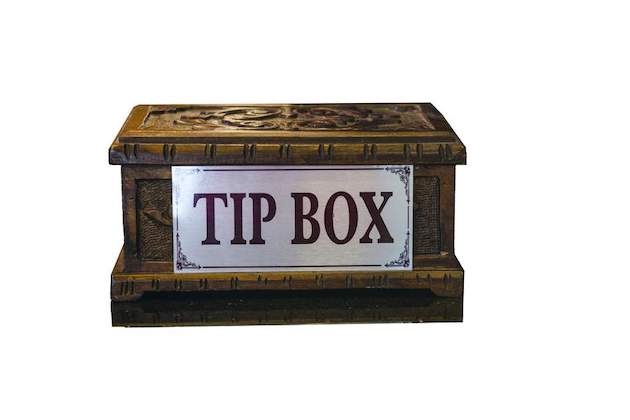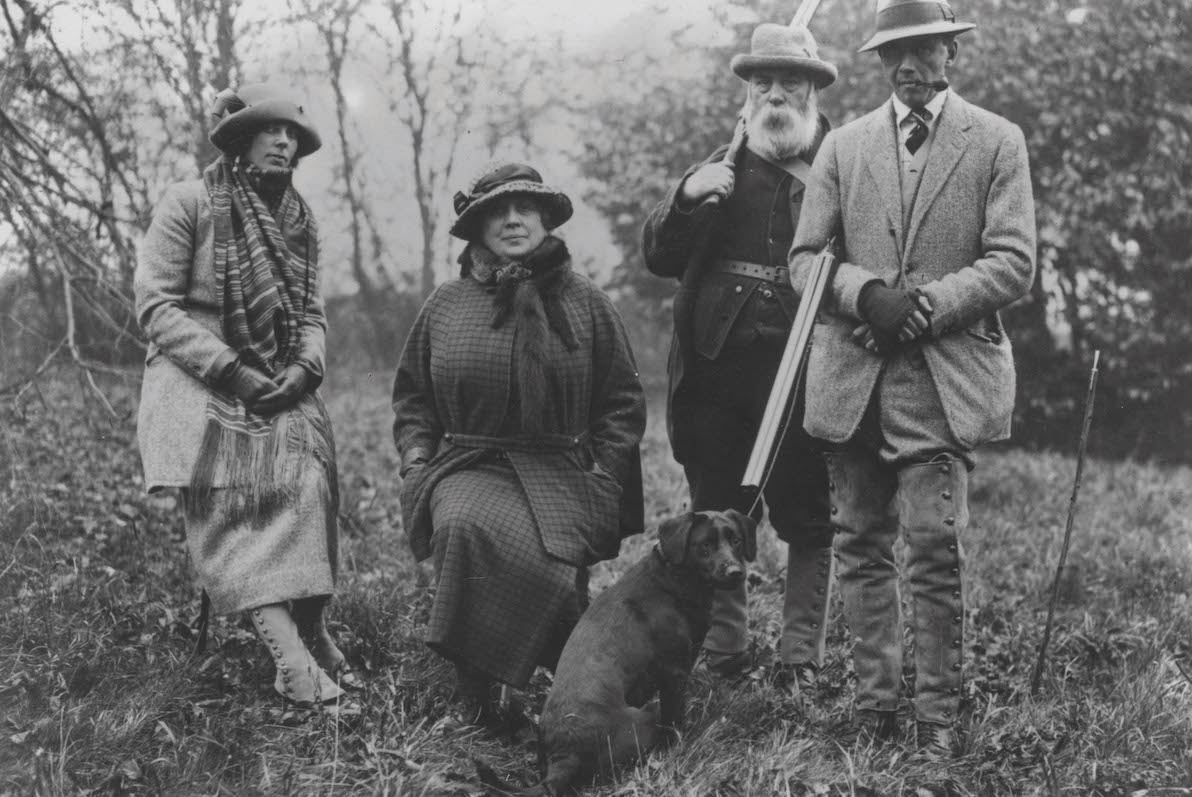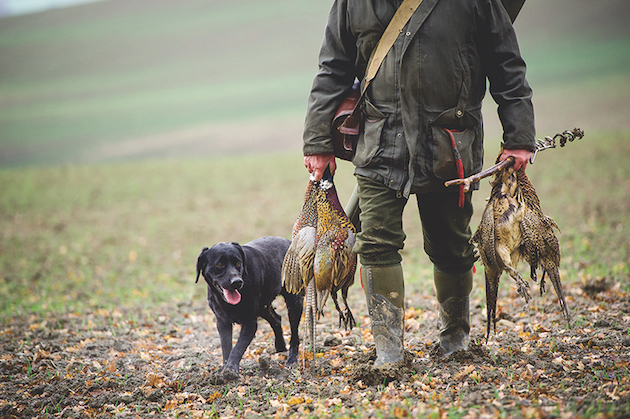Game shooting etiquette: what does a “low bird” mean?
Game shooting etiquette dictates that low birds are left to fly another day - but is there a time when it's acceptable to shoot them? By Giles Catchpole.

Talk about a can of worms; this one landed on the in-tray with the pin out ready to drop me right in the deep water. How low can you go before a shot becomes a low shot? Let me start by saying that not all low shots are necessarily dangerous or bad or irresponsible or wrong.
When we are walking-up grouse in late August in the Highlands, no-one is going to raise an eyebrow if we take our first bird well out, scarcely a metre off the floor, and our second no more than head height just as it crests the shoulder, now are they?
Nor will they if we’re in the top butt on a driven day, taking our birds a good 40 yards out in front down the hill between us and our right-hand neighbour and the same behind. Most of our shooting from here is going to be done below the level of our feet. Is that low enough for you? Is that too low? Is that a low shot? Only if you swing through his butt as you follow the covey. That would be a low shot, now wouldn’t it?
Pigeon shooting over decoys? You’ve got a pattern out with perhaps a dozen decoys and a handful of dead birds. What you really want are some more fresh birds to bulk out the pattern. The pigeons are coming in regularly but in no great volume. Do you take a shot at the next one when he is turning into the wind 40 yards out? Or do you wait until he has set his wings a few feet from the stubble and then let him have it? Is that a low shot? Or is that just the result of good fieldcraft and shooting, which bears all the hallmarks of a job well done?
Okay, okay, okay, I’m shirking the question. But then I think it is a game shooting etiquette question which ought to be shirked because, as I have just demonstrated – I hope – a low shot is not necessarily a bad shot. Or worse, a dangerous shot.
Game shooting etiquette: safety
Let us consider the partridge. A lot of people shoot partridges and a lot of shoots like to offer them as quarry. They are quite manageable, they stay where they are put, more or less; they are a sporting little bird and they have an early start to the season. What’s not to like? Well, they don’t fly as high as pheasants and they do tend to come over in droves, especially on the early days, which can make less experienced guns quite over-excited, and which can lead to one of the shoot manager’s worst nightmares – the low shot. The low shot can be dangerous and has a tendency to make everyone else rather nervous.
So what many shoot managers have tended to do is exploit useful topography to make them high partridges. Guns like high partridges because high is always good and shoot managers like high partridges because high is always safer for the beaters. But we all know that real partridge shooting should be out of stubbles and over hedges, and if you are going to drop these partridges in front of your peg you have to shoot them just as they clear the hedge. The hedge will be 10 or 12 feet high to be sure, and with luck the ground beyond will fall away somewhat; and East Anglian beaters may not be the tallest in the world but we are still talking no great margin of error.
Game shooting etiquette: a damn fine margin
Of course, all the partridges are French too. I know some proper partridge keepers, some working, many retired, and the one thing they all agree on is that you would be hard pressed to find a team to really take on wild English grey partridges because you have to shoot them early and fast and – yes – low. On the margin. Not stupid low. Not dangerous low. Not “who fired that shot?” low.
But just…’there’!
Any later and they are over you and if you shoot one here, as opposed to ‘there’, it will disintegrate embarrassingly, showering you with gore and leaving a cloud of feathers as evidence of your inadequacy. And then they’re gone. And gentlemen do not shoot partridges in the arse. Especially not English ones. Partridges, that is.
Game shooting etiquette: if it ain’t polite…
Which brings us to the dear old pheasant. Too low? What about too high?
The current fetish for shooting extremely high pheasants may derive from any number of reasons. Competitiveness between guns, the need to distinguish between big days and high days. The desire of cartridge manufacturers to develop new markets and for gun dealers to sell more and bigger and longer and heavier guns. It is a fashion. There are some pheasants which are too high for some guns. There are some pheasants which are too high for any guns.
Some people can do it and some equipment can do it. Put the two together and you’ve got yourself a day out. All well and good.
But anyone can shoot a low pheasant. And is that a bad thing? I shot my first pheasant – ever – as it clattered out of a hedge. I dare say that it was scarcely into double figures of feet when I belted it. I was proud of that shot. Still am. Was it too low? Certainly not.
Can a high pheasant ever be too low? Yes it can. If you consider those famous West Country combes, a bird flying in front of the line and parallel to it may be a good 40 or 50 yards up, but it is still only on a level with the top end of the beating line and smack between your muzzle and that flanker.
While that wily old bird just vanishing back over the beaters around the corner of the plantation on a cock day in late January may not be the highest bird in the kingdom, he’s a fair ways off, and he won’t be expecting to get your ounce in his ear from that distance, now will he?
It isn’t fair or decent or nice or proper or sporting to shoot at things which are further away than you can reasonably expect to kill them with one shot.
Nor is it polite to shoot at anything if by doing so you might make someone, anyone, or their friend or their dog even slightly nervous. It’s very, very rude. If it ain’t polite, it ain’t right. That is a rule.
Does that answer your question?








